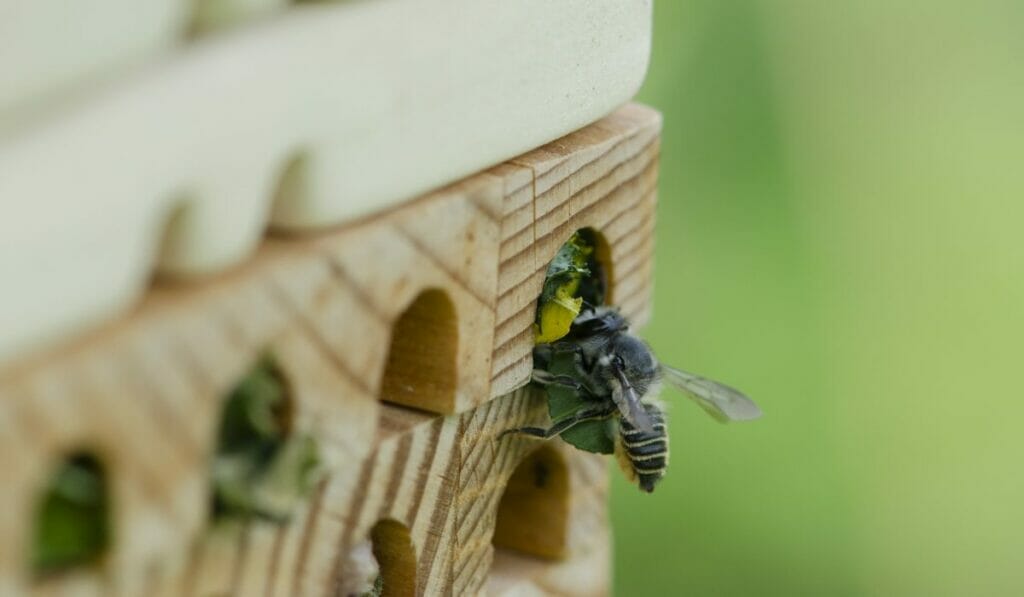The fact that declining bee populations pose a serious threat to global food security is not a revelation, but we've been looking too narrowly at one bee. Of 20,000 species worldwide, solitary bees form the overwhelming majority, with only a fraction being honey bees that have hogged the limelight.
The decline of solitary bees is worrying as they can be more effective pollinators than honey bees. Without "pollen baskets" on their hind legs, they distribute pollen far better. The red mason bee, for instance, is equivalent to 120 worker honeybees in the pollination it provides.
In Europe, one-third of wild bee species, including solitary bees, have declined, reports the UN Food and Agriculture Organization. And designers have taken notice, creating innovative structures to feed and shelter our tiny neighbours. For those who fear bees, know this: Solitary bees are non-aggressive as they do not swarm or produce honey (so there's no need to guard it), and most don't sting as all females are fertile; unlike in hives where worker bees may attack to protect their queen.
Seems like solitary bees may actually be the most temperamentally suited to live with us.



